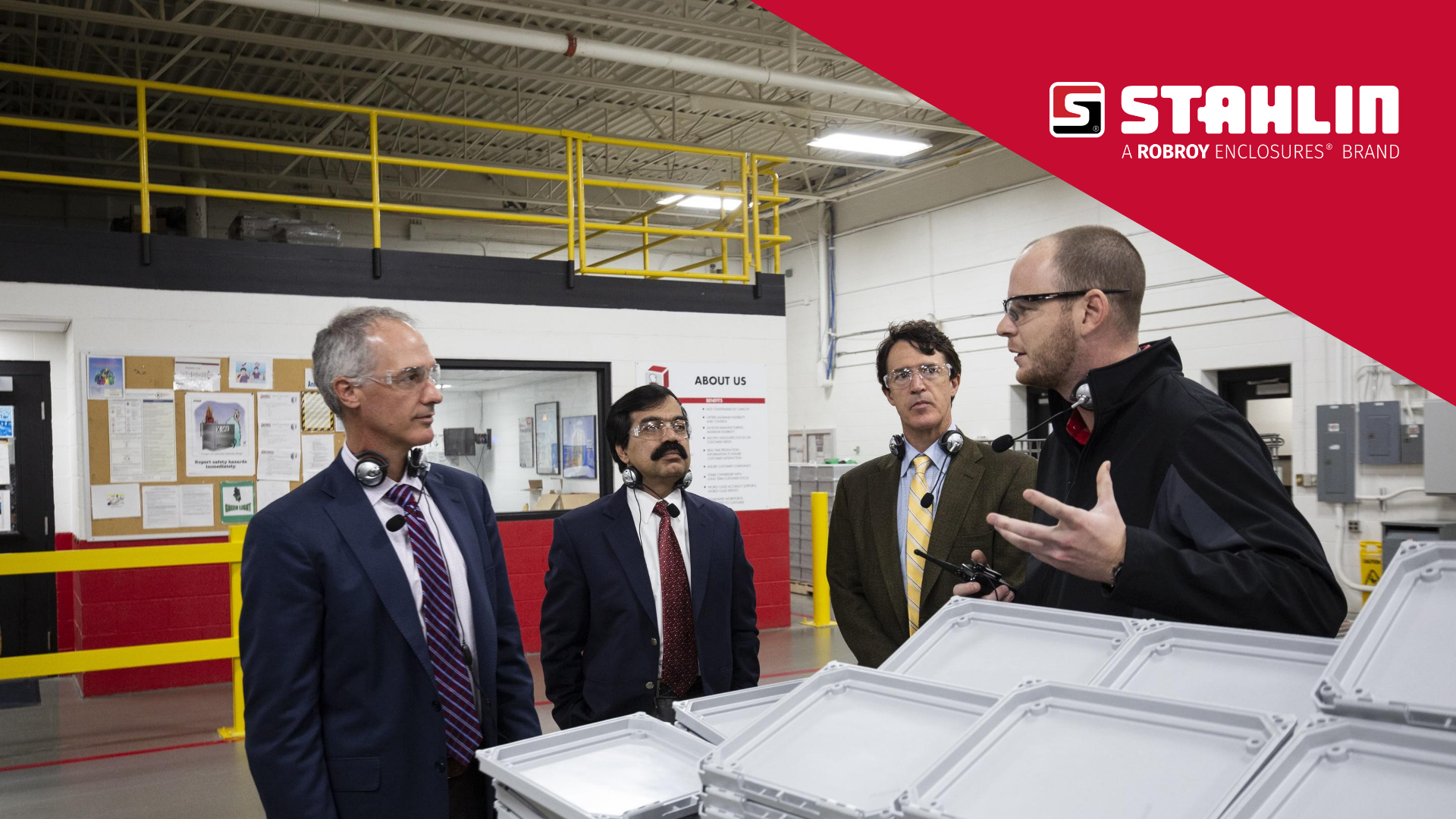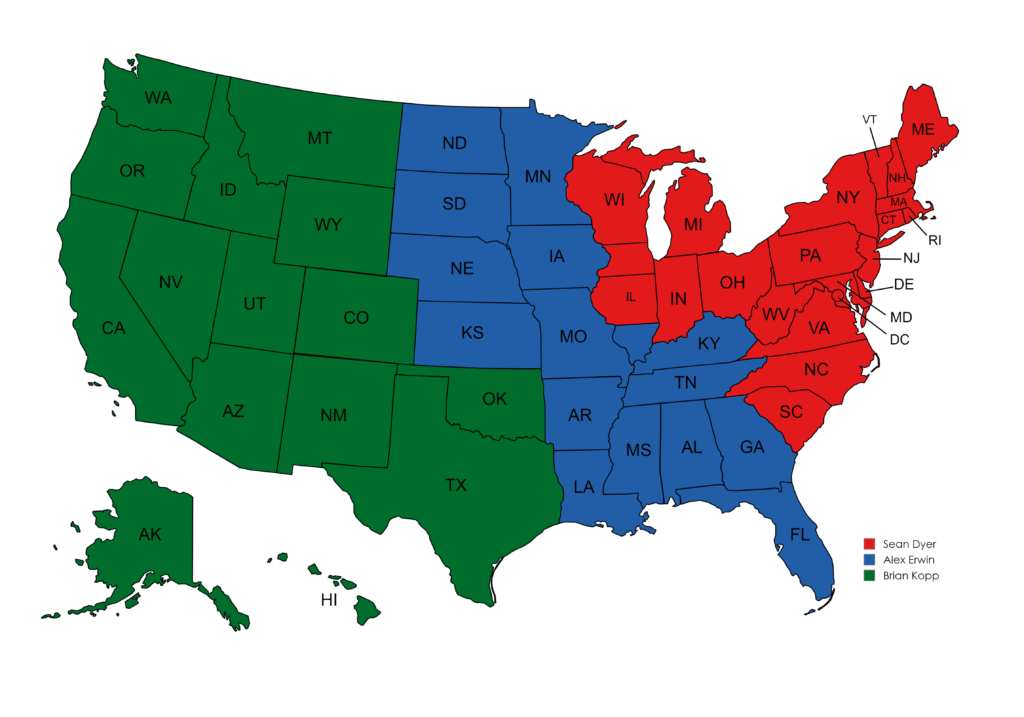 “A Quick Guide To Being Smart, Keeping Clean, And Staying Safe”
“A Quick Guide To Being Smart, Keeping Clean, And Staying Safe”
During challenging times, such as the current COVID-19 health crisis, cleaning and disinfecting non-metallic enclosures after accessing them for any reason, takes on added safety importance. There is always a concern that coronavirus will remain viable on surfaces. Proper sanitation will help prevent transmission.
Here are some guidelines for proper cleaning and disinfecting of fiberglass and polycarbonate enclosures. If ever in doubt, contact your enclosure manufacturer for added guidance.
1.) WORRY ABOUT YOURSELF FIRST
Before you do anything be sure that you are using the necessary personal protective equipment, including face and hand coverings. If in doubt, consult the UL or NEMA websites for advice on how to keep yourself safe in the work environment.
2.) IT’S ALL ABOUT WATER
Because your fiberglass and polycarbonate enclosures are corrosion resistant — and because the important contents of such enclosures should be properly protected by a watertight gasket seal –- water is your best friend in the process of cleaning and disinfecting. That sounds pretty obvious, but there are some things to remember. Even though hosing down your enclosures is the easiest approach — and even though doing so is not likely to harm the enclosure itself — overly forceful spraying of water can be adversely invasive to surrounding electrical equipment. A careful application of plain good-old-water will get the cleaning job started in the right way. For a standard cleaning blow off dirt and dust then use warm water and a soft pre-moistened microfiber cloth or moist non-abrasive sponge to gently remove surface contamination.
3.) IT’S JUST LIKE SANITIZING YOUR HANDS
Bleach and cleaners with chlorine will stain and damage stainless steel enclosures. Non-metallic enclosures like fiberglass and polycarbonate will not be affected. However: there are precautions that need to be observed. When cleaning polycarbonate material never, ever use cleaners that contain ammonia. Even common cleaners such as 409 or Windex can damage polycarbonate. Also: the following disinfectants can damage polycarbonate if used in strong concentrations: aldehydes, phenols, hydroxides or compounds using amines as the active ingredient.
What can you safely use?
A gentle liquid soap — just like that used on your hands or dishes — will also disinfect against COVID-19 virus on either fiberglass or polycarbonate. Rinse thoroughly so-as to remove any build-up of residual soap. Vinegar also works well as a natural, inexpensive disinfectant on fiberglass. Although ammonia should never be used on polycarbonate it is a viable option for cleaning fiberglass. Bleach, however, should be avoided in cleaning fiberglass because it can attack the resin structure of that material. For polycarbonates, disinfectants containing hydrogen peroxide or isopropyl alcohol (also known as: isopropanol or 2-Propanol) have shown to be compatible.
4.) WATCH OUT FOR ABRASIVENESS
Fiberglass and polycarbonate enclosures are easy to clean without using chemicals that contain grit. Anything that is abrasive, including stiff brushes and steel wool, can scratch surfaces. Be extra cautious in exterior applications to ensure that cleaning materials are free from dirt before you use them on your enclosures. When cleaning polycarbonate never use your bare hands or a dry cloth. Doing so risks rubbing rub dirt and other contaminants into the surface material.
5.) USE CAUTION WITH UV RADIATION
Although ultraviolet (UV) radiation can be used to eliminate viral contamination, the government recommends that it be used only for approved specific purposes and following UV-safety operating safeguards. UV sanitation will not have a destructive near-term impact on non-metallic enclosures manufactured by Stahlin® because they are designed to withstand years of exposure to outdoor conditions, but such use for disinfection purposes is not necessary and poses potential physical and health hazards to those applying UV radiation.
6.) REMEMBER YOUR LATCHES AND HINGES
Sometimes the latches, hinges, locks and other accessories on fiberglass and polycarbonate enclosures are metallic. After cleaning your enclosure it may be necessary to use a spray lubricant on metal moving parts to keep them functioning properly. Lubricants with silicone or PTFE (polytetrafluoroethylene) and lithium-based greases are both acceptable to use on both polycarbonate and fiberglass enclosures. Do not use mineral oils on polycarbonate surfaces even if they are labeled as paraffin because they contain aromatics as impurities. Do not use substances containing halogenated hydrocarbons, ketones, or aromatic solvents.
And finally, when in doubt —- ask. Enclosure experts at Stahlin are available to answer any questions you might have about effective cleaning and disinfecting of fiberglass and polycarbonate enclosures. Contact us by visiting:
